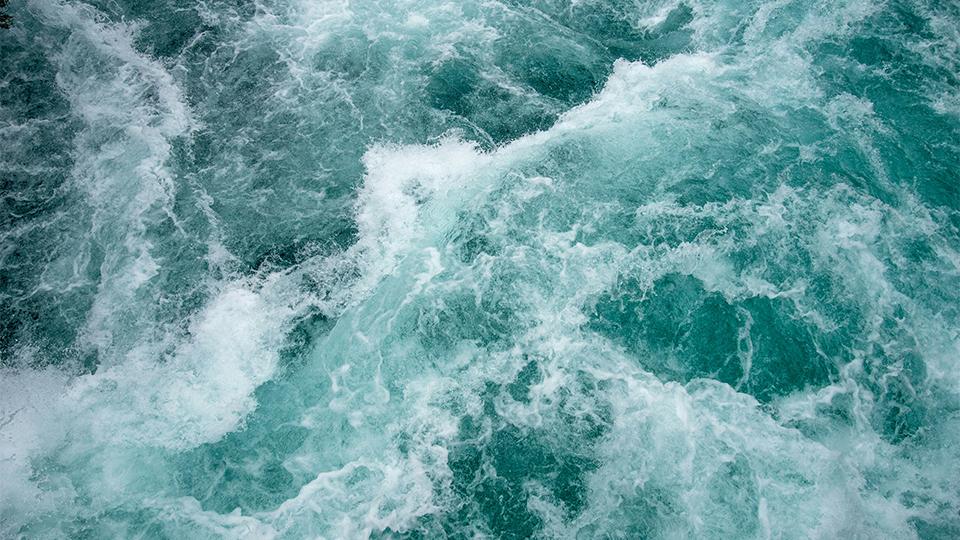
With five oceans and seven seas, 71% of the earth’s surface is covered by water
- no wonder we long thought that the “elixir of life” was an infinite resource. And as for many other earth resources, we thought that there was no problem… until there was.
Water sustains not only human existence but the entire ecosystem. As the global population burgeons and climate change intensifies, bringing extreme water incidents from floods to droughts, the fragile balance between water supply and demand is increasingly strained. The equation is as simple as juxtaposing two figures: total water demand is continuously on the rise and is expected to reach 6,800 km3 in 2050, when annual sustainable water supply is currently 4,000km3 1 and expected to decrease. We have reached, and are trespassing, our planet’s boundaries and on our way to face a water gap of 2,800 km3 .
The United Nations have listed Water among global Sustainable Development Goals, as “sustainable management of water resources and access to safe water and sanitation are essential for unlocking economic growth and productivity, and provide significant leverage for existing investments in health and education”.
As an increasing number of individuals are at risk of water stress, and the quality of existing water sources is degrading due to multiple types of pollution, it is our food security and our health that are at threat. According to the UN, over two billion people do not have safe drinking water and 3.5 billion lack access to safely managed sanitation. The global urban population facing water scarcity is projected to potentially double from 933 million in 2016 to between 1.7 and 2.4 billion people, in 20503.
In this paper, we aim to explore the many facets of our relationship with, and management of, water, as well as potential solutions to improve their sustainability. In agriculture and industries, which altogether are responsible for 90% of water withdrawals4, the rise of more water conscious practices is paramount while new technologies offer potential solutions to help bridge the water gap by optimizing water usage. The disturbance of water cycles creates huge risks for our economies but can also generate promising opportunities for investors who are convinced in this secular thematic. Water conscious cropping techniques, smart agriculture, closed-loop industrial processes, improved wastewater treatment and desalination are among the technologies that offer potential solutions, if implemented sustainably.
Water has so far been invisible in our economic models and taken for granted by governments, businesses and individuals. As a global water crisis looms, there is an urgent need to reallocate capital towards water-resilient business models and solutions.
Let’s make our planet blue again.




